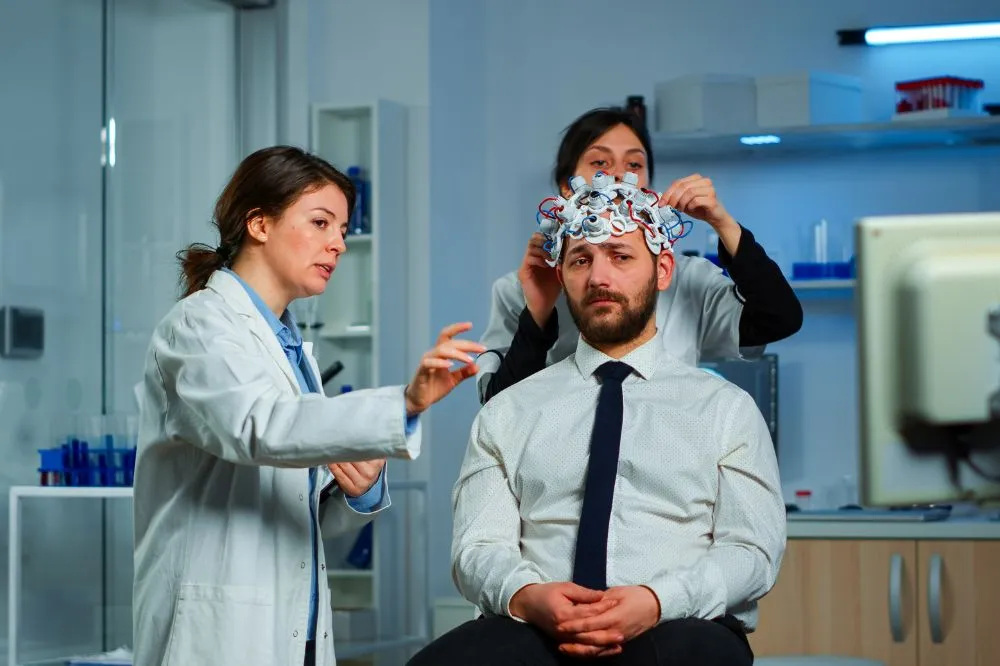Summary: Almost 40% of US children are overweight or obese. However, childhood obesity remains a neglected topic, as, unlike adults, children do not develop severe diabetes or cardiovascular problems. Nonetheless, it is worth understanding that childhood obesity means a greater risk of obesity and related disorders in early adulthood. Thus, if we want to tackle obesity in adults, we need to start early. We need to start managing childhood obesity.
70% of adults in the US are either obese or overweight. However, obesity is now also increasing at an alarming rate in children and young adults. It means that to counter obesity and related disorders, we need to counter obesity in children. Obesity is already a severe problem in children and young adults. Studies suggest that 21-24% of American children and adolescents are overweight, and 16-18% are obese. It means that approximately 40% of children are either overweight or obese, and the number is increasing.
Childhood obesity significantly increases the risk of diabetes, hypertension, reproductive function, liver and kidney diseases, heart disease, and more. In addition, childhood obesity is the reason why health disorders like diabetes or heart problems are becoming common in young adults. Therefore, researchers say that it is time to start considering childhood obesity as a major health concern. Effective opioid addiction treatment can help mitigate the risk factors associated with obesity and related disorders, and more research is needed to understand the link between opioid addiction and childhood obesity.
Childhood obesity is quite challenging to understand. After all, there are massive individual differences in children. Though there are many reasons for childhood obesity like genetics, environmental factors, eating habits, lifestyle, and more, the cause of childhood obesity remains unidentified in more than 90% of cases.
So, what is childhood obesity?
Obesity in children has been neglected as it is more difficult to define. In adults, obesity is defined after analyzing the data, which shows an increase in acute and chronic ailments related to specific body mass. However, children do not develop those kinds of health issues. Though, of course, as an adult, they will develop those health problems much earlier.
There is a different understanding of obesity in children. Nonetheless, experts think that overweight children are those with 20% higher mass which is normal for their height. Above 50% is obesity. Therefore, a child is severely obese with 80-100% higher body mass than normal for that height. It means that BMI can also be used in children to understand obesity, though one may need to take BMI readings for longer, like a couple of years, before making final conclusions. Nonetheless, studies confirm that those with BMI above 30 kg/m2 are obese. These findings have been confirmed by body scans.
What causes obesity in childhood?
Here it is vital to understand that in just about 10% of the cases, there is a known cause like genetic disorder like Cohen syndrome, Turner Syndrome, or Down’s syndrome. In addition, some are obese due to hormonal issues like growth hormone deficiency, hypothyroidism, high cortisol levels, and so on.
However, perhaps the most significant cause is either excessive energy intake or reduced energy expenditure. It means either consuming too much food high in calories or not engaging much in physical activities.
Of course, things are not as simple, as it has much to do with an altered lifestyle. Thus, researchers think children are now prone to ghrelin/leptin hormone pathway dysfunction, resulting in appetite control dysfunction. Studies suggest that it is the cause of obesity in about 10% of obese individuals.
Quite often, obesity runs in families. However, it is not related to genetics. Instead, it is associated with lifestyle choices like watching too much television, not engaging in exercise, and so on.
Unlike adults, obese children are relatively healthy. Nonetheless, these are individuals at a higher risk of various health disorders. Those who are obese in childhood are less likely to lean in adulthood. They start developing issues like insulin resistance, dyslipidemia, and hypertension early. Once young adults have developed these issues, they are even less likely to lose body weight.
To sum up, if we want to reduce obesity in adults and minimize the risk of obesity-related disorders, we should start countering childhood obesity.






